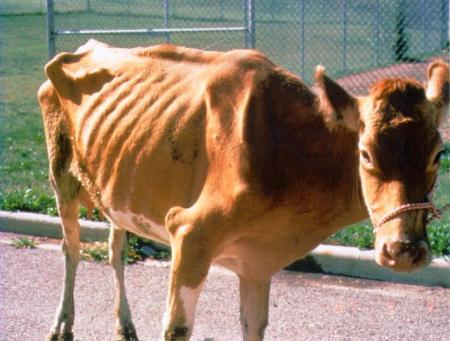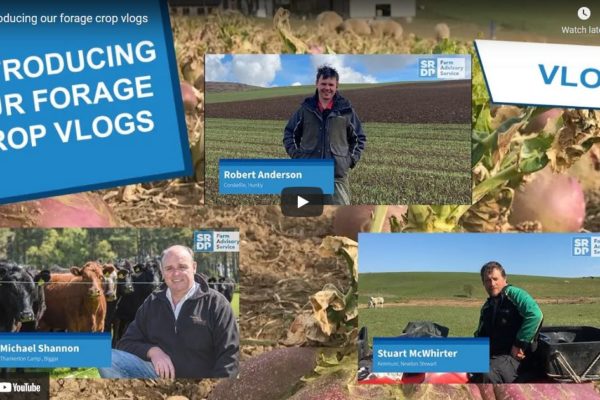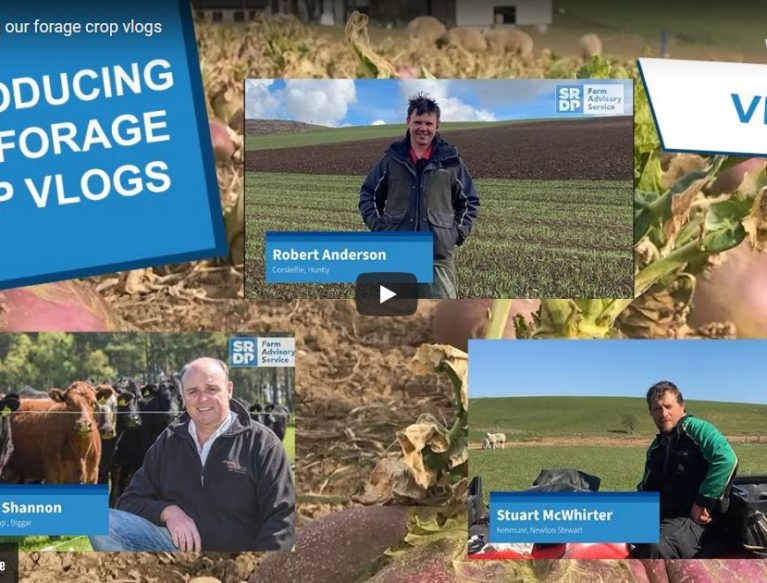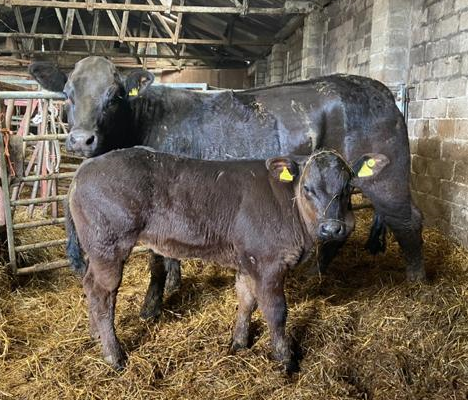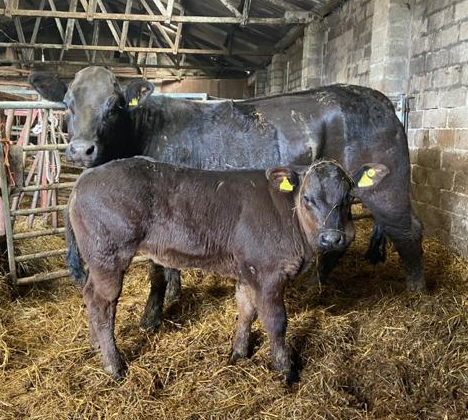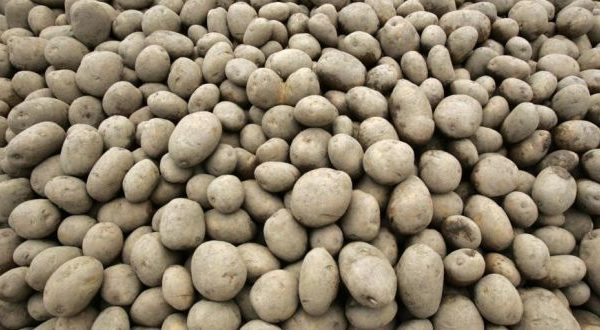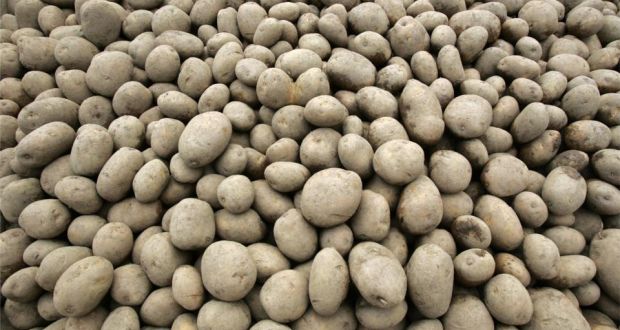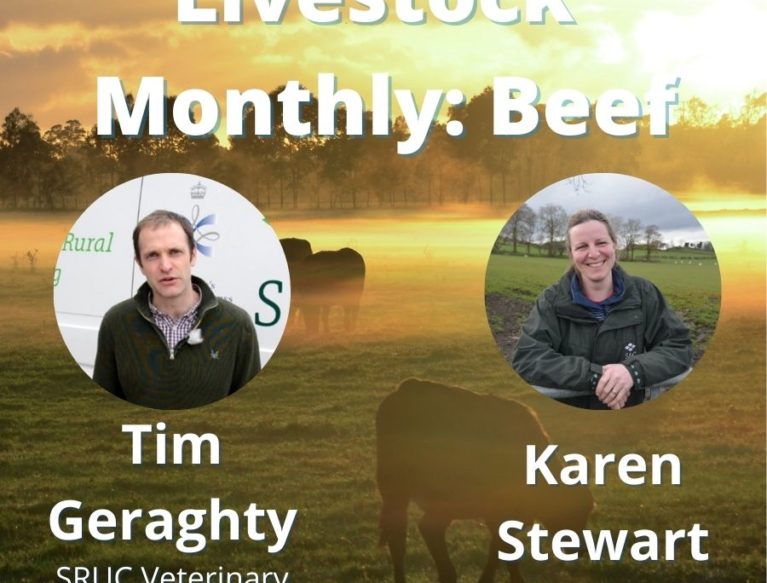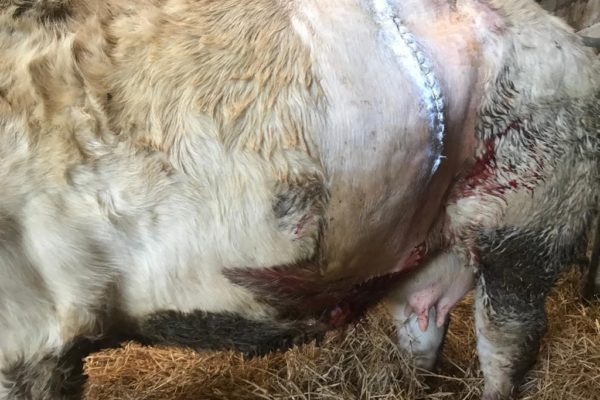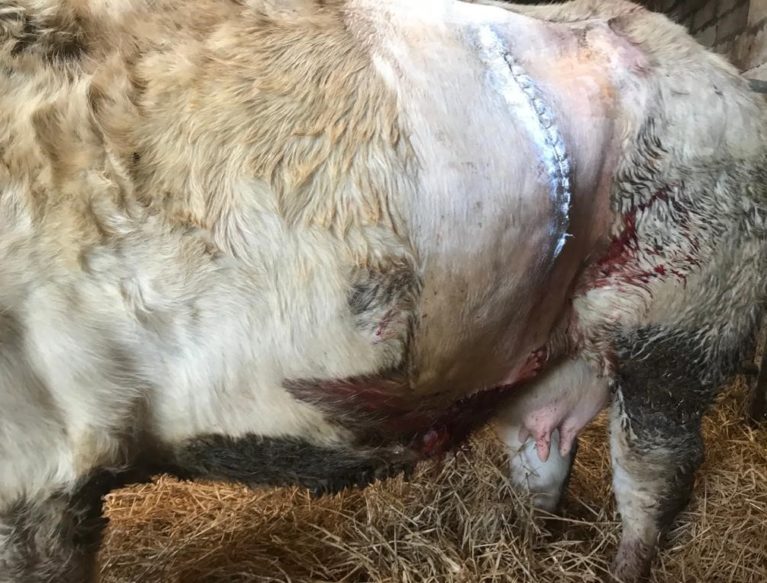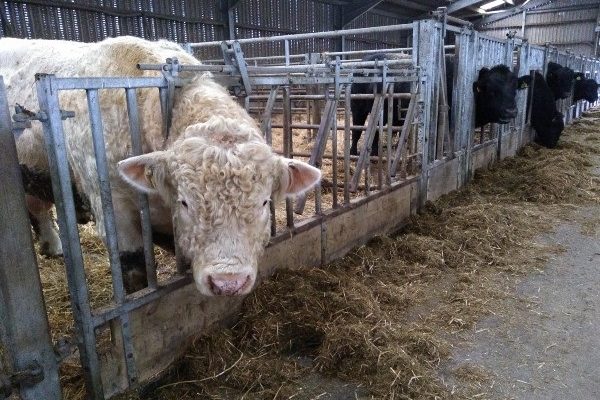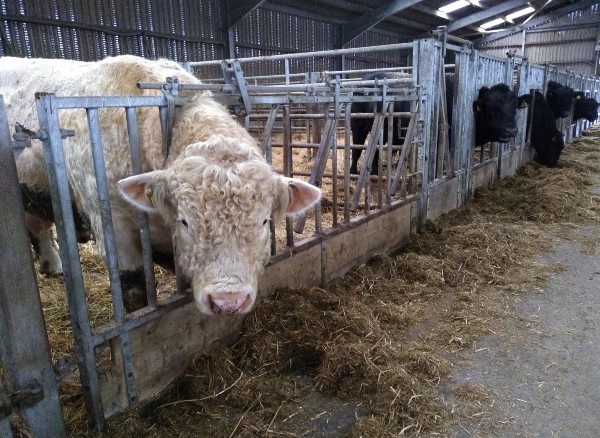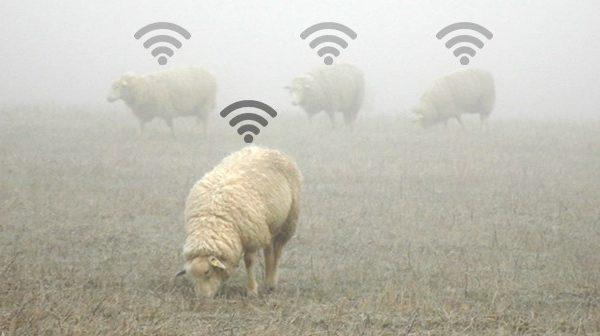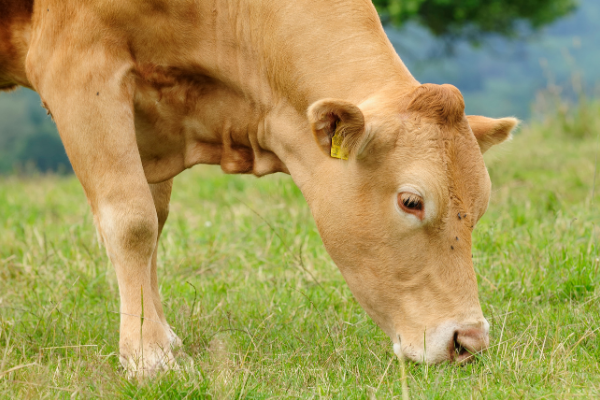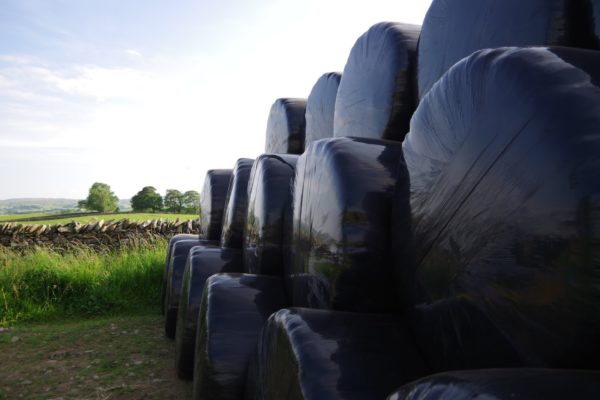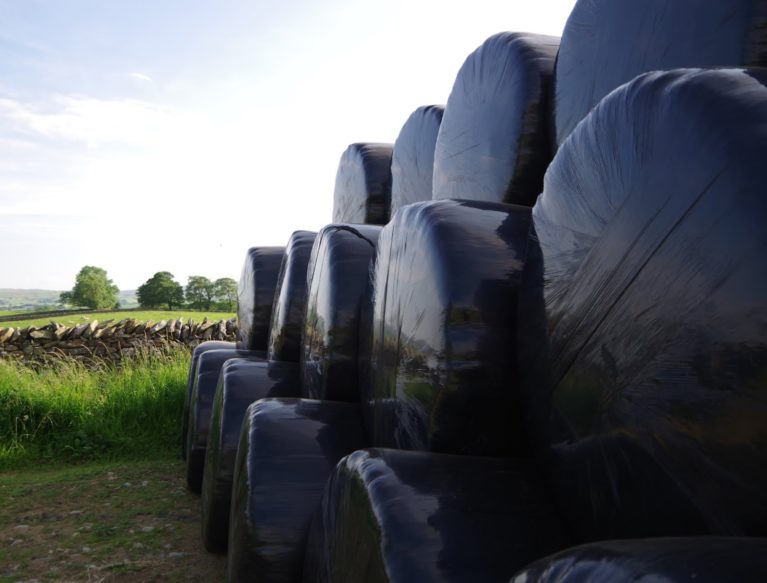Beef Cattle
Johne’s Disease – Control Options Post Turnout
Johne’s disease causes significant financial loss within beef herds reducing fertility and productivity. It is also a significant welfare concern because clinically affected animals have severe diarrhoea and suffer from weight loss. Early detection and removal of infected stock from the herd is a crucial part of controlling the disease.
Read More >Introducing Our Forage Crop Vlogs
Introducing our forage crop vlog series! We have three fantastic farmers, who have kindly agreed to allow us to follow them and their forage crops throughout the year via video…
Read More >Steps to Reduce Caesareans
There are a number of steps you can take to try and mitigate the need for cow caesareans. Calving is the most important time to have cows in the correct body condition.
Read More >Using Potatoes For Finishing Cattle
Stockfeed potatoes look plentiful and cheap just now compared to cereals and are worth considering for feeding to finishing cattle.
Read More >Livestock Monthly Podcast: Beef (April 2021)
In the latest of our livestock monthly podcasts episodes hosted by Beef Specialist Robert Ramsay of SAC Consulting, we talk beef with Veterinary Investigation Officer, Tim Geraghty of SRUC Veterinary…
Read More >Caesarean Cows – Breed Again?
For those of you with cows that have had caesarean sections this spring, the question you may be asking yourself, is whether or not you rebreed these cows again. The likelihood of a cow getting back in calf after a caesarean is fairly high depending on how well the procedure went and the cow receiving the right aftercare.
Read More >Bulling Thoughts
We may be concentrating on calving at the moment, but it is time to think about what needs to be done to ensure the bull is working when he is turned out.
Read More >Precision solutions to animal health & welfare: episode 1
Welcome along to our animal health & welfare series of podcasts. Over the course of 2021, we’ll be bringing you 8 podcasts, each falling under the theme of animal health…
Read More >Magnesium Supplementation of Suckler Cows – Are You Covered?
As turnout approaches, now is a good time to reassess your mineral supplementation strategy for grass staggers prevention in the suckler herd (also known as hypomagnesaemia or grass tetany). Whilst access to spring grass is one of the key risk factors for lactating cows, with the high passage rate of lush, wet grass through the digestive tract reducing magnesium absorption, there are several other factors to consider.
Read More >Improving Baled Silage Quality: What’s it Worth?
When buying or selling silage bales, nutritional value is rarely taken into account, but the variation in quality can be huge. Having an analysis to hand might allow you to command a better price if selling and the buyer is more aware of the silage quality they are purchasing and whether it is suitable for the class of stock it is destined for.
Read More >
